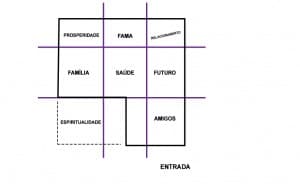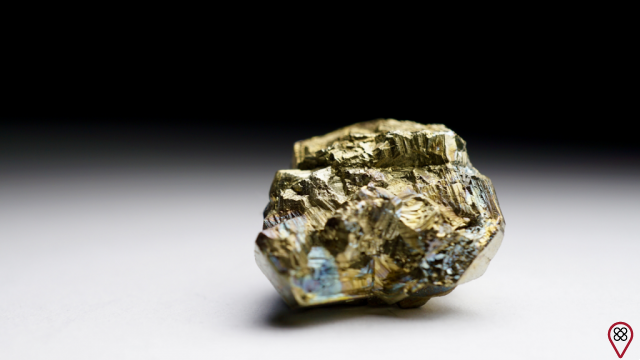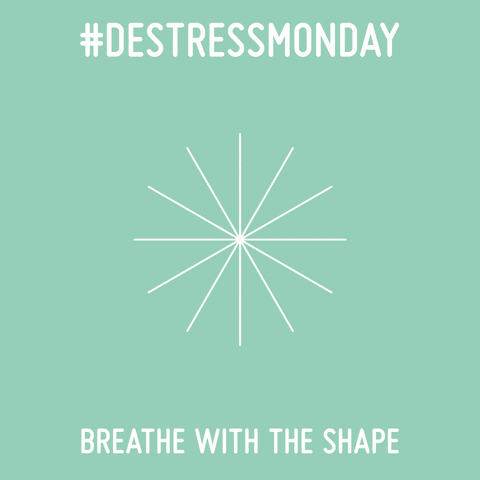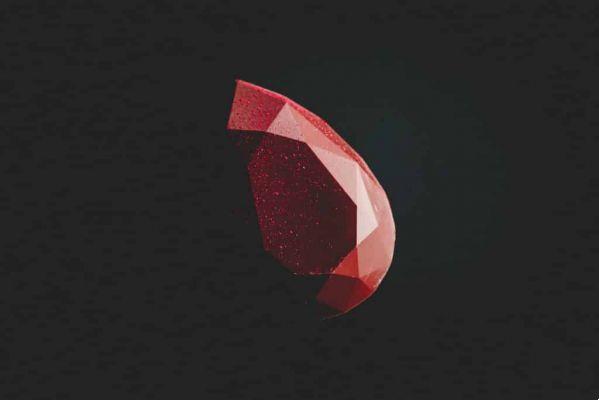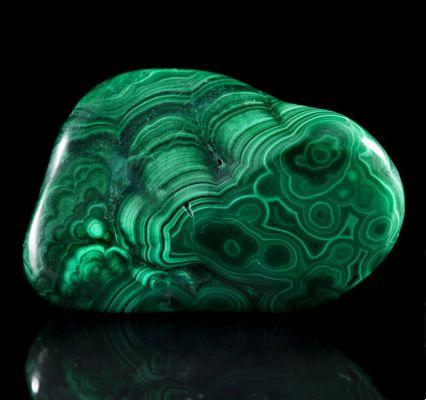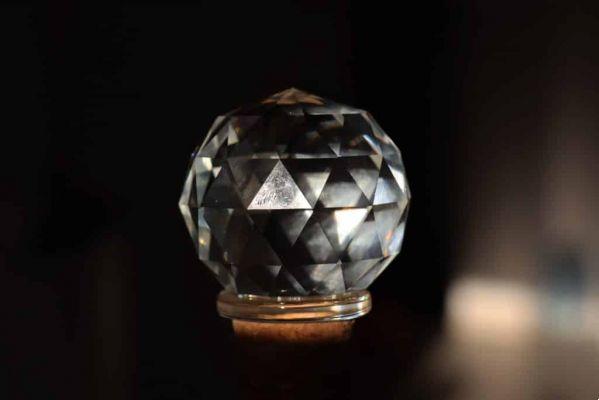Bagua means eight trigrams. Bagua has its origin in the i ching – the book of changes, book of wisdom, also used as an oracle, which had its origin in remote times, origin attributed to Fu Hsi, a mystical figure who represented the era of hunting and fishing and would have discovered the trigrams by observing the shell of a turtle and the marks printed on it.
These trigrams were composed of whole lines: _____ which represent the Yang force, and cut lines: __ __ that represent the Ying force, which combined symbolically represent the forces acting in nature and the laws that govern the universe.
According to Chinese tradition, the current version of the I Ching was put together by King Wen, who added brief judgments to the 64 hexagrams (combinations of the eight basic trigrams), his son the Duke of Chou continued his work and added text explaining the meaning of each line. Confucius, at an advanced age, devoted time to study the I Ching and was credited with the T'an Chuan commentaries.
The Baguá octagon is made up of the eight basic trigrams that represent areas of human life and are related to the five elements, the cardinal points, the parts of the human body and a universal image.
The Bagua is also used in Feng Shui as a protective amulet placed above the entrance door, with a mirror in its center. Your goal is to ward off negative influences and protect the home.
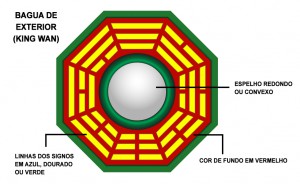
How to apply Bagua
To apply the Bagua on the floor plan of your home, business or just one room, always align it on the wall of the main entrance door, this way you will have three entry options: Spirituality, Work or Benefactors.
Position your house plan so that the entryway faces your belly as if you were reading a book. Divide into three horizontally and vertically.
You just got the nine spaces on the bagua.
